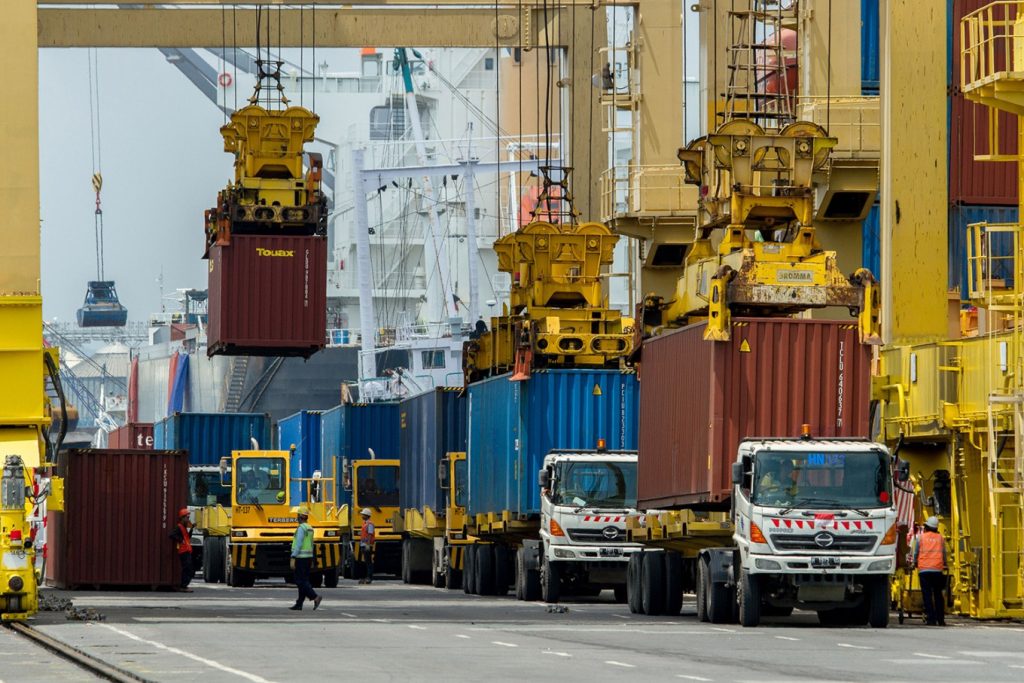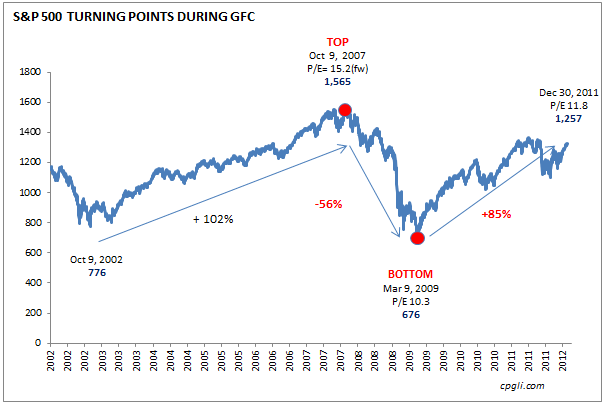
Cross-border e-commerce has made it easier than ever for local businesses to reach global customers.
But as international online sales grow, so do the rules—especially digital tax regulations.
From VAT obligations to new digital services taxes, governments worldwide are changing how online trade is taxed. For local sellers, this means more compliance, more paperwork—and more opportunity if you play it smart.
1. What Are Digital Tax Rules?
Digital tax rules refer to regulations that apply to:
- Online sales of goods and services
- Digital platforms (e.g., marketplaces, apps, SaaS)
- Foreign sellers targeting consumers in a different country
Many countries now require international sellers to collect and remit local taxes like VAT, GST, or digital service taxes—even if they’re not based there.
2. Why Are Governments Enforcing These Taxes?
In the past, local buyers would pay foreign sellers without paying any local tax, causing governments to lose revenue.
Now, countries want a “fair share” by taxing:
- Non-resident e-commerce platforms
- Sellers offering downloadable or digital goods
- Online subscription services, software, or even physical products sold via digital channels
3. How Does This Affect Local Exporters?
If you’re a local brand selling to customers overseas via:
- Your own website
- A platform like Amazon, Etsy, Shopee International, or eBay
- A payment gateway or dropship model
You may now be required to:
- Register for VAT/GST abroad
- Display prices inclusive of local tax
- File cross-border tax returns
- Use intermediaries (like marketplaces) that handle tax on your behalf
Example:
If you sell a physical product to a customer in the EU, you may need to register for the IOSS (Import One Stop Shop) scheme to collect EU VAT upfront.
4. Platforms Often Handle Tax—but Not Always
Major platforms like Amazon or Shopify may automatically:
- Calculate the correct tax for each country
- Collect and remit it on your behalf
- Provide tax invoices to customers
But don’t assume you’re covered—you still need to:
- Check platform policies
- Track your own revenue thresholds
- Be aware of new rules in key markets (like the UK, EU, Australia, etc.)
5. What Should You Do?
Here’s how to stay compliant and competitive:
✅ Learn the digital tax laws of your target markets
✅ Keep your sales records and invoices organized
✅ Consider using cross-border tax advisors or services
✅ Monitor your sales volume by country—some tax rules only apply once you hit a threshold
✅ Check if your platform provides tax reports and filing options
Conclusion
Digital tax rules can seem complicated, but they’re here to stay—and understanding them is essential for any local brand selling globally online.
The good news? Once you’re compliant, you build trust, reduce risk, and scale faster—because your business is built on a legal foundation that crosses borders confidently.
















